There are several things to consider when you need to deal with paper wasps. One of them is how to identify a problem and treat it effectively. You can also learn how to protect yourself and your home.
Nesting place
During the spring and summer, paper wasps create nests. These colonies can grow to as many as 5,000 wasps. They feed on insects, caterpillars, and flies. In the winter, they go into hibernation. When the weather starts to cool, they emerge from their nests to build new ones.
The paper wasp nest is built with a hexagonal cell system. Each cell contains a single egg laid by the queen. Other females may also help build the nest.
Paper wasp colonies are grouped in three castes. This includes the mated female, the fertile queen, and the worker wasps. There are usually about twelve to 100 adults in a typical mature colony.
Nests are built in high, protected areas. They prefer to use tree branches and eaves of buildings. Occasionally, they will construct a nest indoors, particularly if it is above ground.
Feeding habits
Paper wasps are common insects that prey on a variety of insects. Typically, they feed on nectar and plant materials, but they also eat other insects like caterpillars and flies. These species live in forests, heaths, and urban settings.
Adult paper wasps feed on sugary liquids and nectar. Their diets include crickets, flies, and caterpillars. They are very active and will sting when threatened. Some species have evolved to be able to sting multiple times.
Female paper wasps gather nesting materials from plants and shrubs, chew wood fiber, and mix it with their saliva to form a paper-like nest. The nest resembles an upside-down umbrella. Once the nest is constructed, it will not be used again.
The European paper wasp has become an abundant insect in some parts of the United States. It is a slender-bodied insect that is black and yellow in color.
Stinging behavior
If you have ever been stung by a paper wasp, you know that these insects can deliver painful stings. The venom contained in their sting is highly toxic, and it is not only very painful, but also capable of causing serious allergic reactions in some people.
Paper wasps can be found throughout North America, and are typically known as vespid wasps. There are hundreds of different species of this type of wasp. These are semi-social creatures that live in small colonies. Generally, a single queen is the head of the colony. In some cases, more than one queen may be active at a time.
Paper wasps are not very aggressive, but they can sting if they feel threatened. Their nests are constructed of paper-like material, which they build under tree branches or in residential yards.
Safest method
Paper wasps are a very common pest. These insects have been seen all over the United States, including New York, Pennsylvania, Maryland, Ohio, and New England. They can sting if you come too close to the nest. Although they are not as aggressive as other venomous insect species, they can still cause a lot of pain.
There are several ways to control paper wasps. The most reliable way is to use a product specifically designed to kill them. Other methods include chemical application, physical removal, or hiring a professional.
Before you try any method, it’s important to know the type of wasp you’re dealing with. Usually, paper wasps are reddish or brown in color. If you’re unsure, call a professional or your local pest control company.
For instance, a European paper wasp is a social wasp, meaning it has a caste of workers and queens. It’s also very attentive to threats. When you notice a nest, it’s important to take a picture of it. Taking a photo can help identify the pest and the location of the nest.
Common pesticides to use
The paper wasp, or umbrella wasp, is a predator of other insects. In fact, they are considered to be one of the most dangerous pests in the United States. Their venom can cause severe allergic reactions in some individuals. This venomous insect also accounts for a large number of emergency room visits each year.
Paper wasps are usually reddish or brown in color with yellow patches on their bodies. They have long, slender legs and folded wings.
These insects can be found under the eaves, in shrubbery, in attics, under fence poles, or in overhanging tree branches. They are also attracted to garbage and organic matter. Fortunately, they can be easily and quickly eliminated with wasp and hornet sprays.
Wasp and hornet stings can be dangerous, so you should wear protective clothing and eyewear when applying an aerosol formulation of insecticide. Use the product according to the directions on the label. If you do not know how to use the product, consult your local extension service or regulatory agency.
